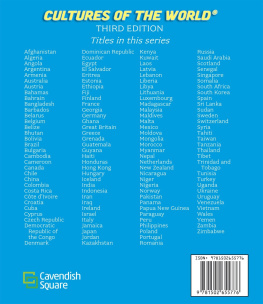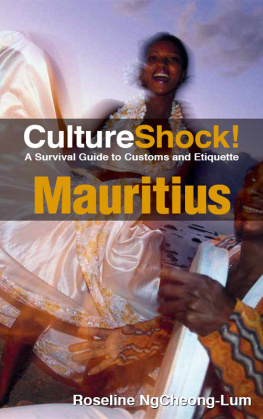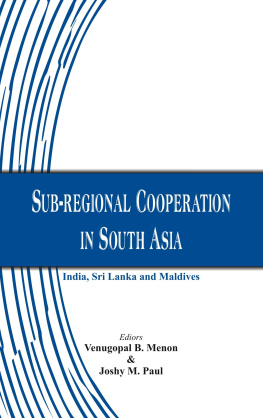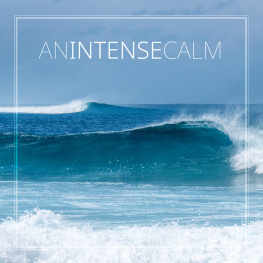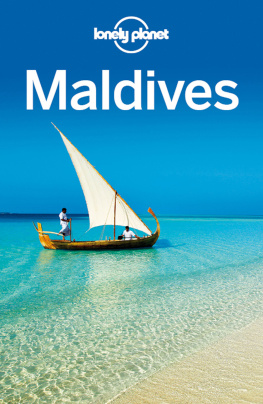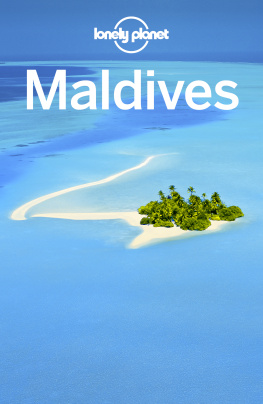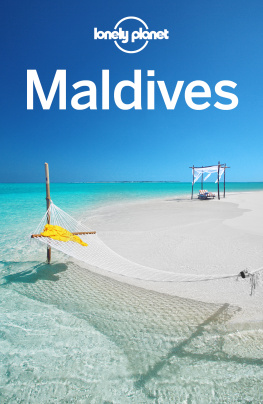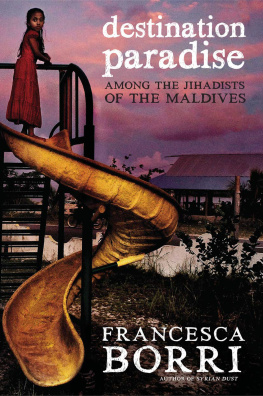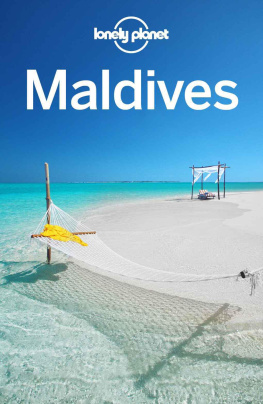
Published in 2020 by Cavendish Square Publishing, LLC
243 5th Avenue, Suite 136, New York, NY 10016
Copyright 2020 by Cavendish Square Publishing, LLC
Third Edition
No part of this publication may be reproduced, stored in a retrieval system, or transmitted in any form or by any meanselectronic, mechanical, photocopying, recording, or otherwisewithout the prior permission of the copyright owner. Request for permission should be addressed to Permissions, Cavendish Square Publishing, 243 5th Avenue, Suite 136, New York, NY 10016. Tel (877) 980-4450; fax (877) 980-4454.
Website: cavendishsq.com
This publication represents the opinions and views of the author based on his or her personal experience, knowledge, and research. The information in this book serves as a general guide only. The author and publisher have used their best efforts in preparing this book and disclaim liability rising directly or indirectly from the use and application of this book.
All websites were available and accurate when this book was sent to press.
Cataloging-in-Publication Data
Names: Ng Cheong-Lum, Roseline. | Nevins, Debbie.
Title: Maldives / Roseline Ng Cheong-Lum and Debbie Nevins.
Description: Third edition. | New York: Cavendish Square, 2020. | Series: Cultures of the world | Includes glossary and index.
Identifiers: ISBN 9781502650764 (library bound) | ISBN 9781502650771 (ebook)
Subjects: LCSH: Maldives--Juvenile literature. | Maldives--Civilization--Juvenile literature.
Classification: LCC DS349.9.M34 N45 2020 | DDC 954.97--dc23
Writers: Roseline Ng Cheong-Lum; Debbie Nevins, third edition
Editorial Director, third edition: Katherine Kawa
Editor, third edition: Debbie Nevins
Art Director, third edition: Andrea Davison-Bartolotta
Designer, third edition: Jessica Nevins
Production Manager, third edition: Rachel Rising
Picture Researcher, third edition: Jessica Nevins
PICTURE CREDITS
The photographs in this book are used with the permission of Cover Sakis Papadopoulos/robertharding/Getty Images; p..
Printed in the United States of America


A NCIENT SAILORS COULD HAVE BEEN FORGIVEN FOR THINKING the Maldive Islands were inhabited by mermaids or other sea beings. Barely peeking above the surface of the Indian Ocean, the tiny isles hint at a magical aquatic kingdom beneath. Indeed, the underwater landscape, with its colorful coralline sea life, is quite an enchanted realm.
The Maldives has always fascinated travelers. Called the flower of the Indies by Marco Polo and one of the wonders of the world by the fourteenth-century traveler Mohammed ibn Battuta, the vast, looping chain of islands used to draw seafaring traders navigating between East and West. The traders stopped for fresh supplies and cowry shells, which were the major form of currency then.
Today, the Maldives still fascinates travelers, but this time its a destination, not a way station. These travelers come in search of relaxation, tranquility, luxury, and some of the most beautiful beaches on Eartha tropical paradise.
The Maldivesalso called simply Maldivesis a nation of nearly 1,200 small islands in the Indian Ocean. The islands are clustered in twenty-six atolls that run north to south across 510 miles (820 kilometers) of ocean. Tourism brings in the largest chunk of the countrys income, with fishing making up much of the rest. Its an extraordinary place in many ways. Geographically, its astonishing.

A couple on a pedal boat enjoy the turquoise waters of the Maldives.
For one thing, its the smallest Asian country in both population and area. Its also the lowest, flattest country on the planet. With an average ground level of 4 feet, 11 inches (1.5 meters) above sea level, its also the country with the lowest highest point in the world. While other countries usually have an important mountain as their highest point, the Maldives highest point is the eighth tee on a golf course on Villingili Island. That eighth tee towers at an altitude of 17 feet (5.1 m) high, and the golf course is the only one in the entire country. The island itself was long uninhabited, but since 2009, it has housed a luxury resorthence the golf course.
The Maldives is so otherworldly that it was chosen as a filming location for the 2016 movie Rogue One: A Star Wars Story. Scenes of the planet Scarif were filmed on two islands in Laamu Atoll in the southern Maldives. That most of the people who live in the Maldives didnt knowor careabout it, or even know about the Star Wars series itself, says a lot about Maldivian society.

The beach scene behind the cast of Rogue One: A Star Wars Story was shot in the Maldives.
The Maldivians are a staunchly Muslim people, a fact that defines their everyday lives. Residents of the capital city, Male (MA-lay or MAR-lay), are as modern as anyone, but people on the far-flung islands live more traditional lifestyles. Though US cinema reaches audiences worldwide, Maldivian islanders are far less likely to be familiar with American pop culture.
Until very recently, in fact, the Maldivian people and the international tourists who flock to their islands were kept strictly separate. Maldivians themselves live on only about two hundred of the islands that make up the archipelago. The remaining islands were uninhabited until the tourism industry got started. Beginning in the 1970s, resorts began to be built on the otherwise uninhabited islands, which developers leased from the government. These resortstoday, there are more than 130 of themwere mostly built by foreign investors on remote islands and staffed largely by foreign workers. Aside from the few Maldivian workers employed at those resorts, contact between guests and citizens was mostly not possible. This enforced separation was deliberate to prevent the Maldivian people from being exposed to non-Muslim culture.
A change of regulations in 2009 has permitted more intercultural encounters. Local island guesthouses have opened, which allow Maldivians to welcome tourists into their homes. Tourists are also allowed to visit Male and other inhabited islands. This has helped the local people to earn more money and benefit directly from the 1.5 million visitors who come to their country each year. It has also helped more budget-minded tourists afford a vacation to the Maldives, previously a destination only for the very wealthy.
Nevertheless, a schism continues between the tourist culture and that of the Maldivian people. Many tourists come to the Maldives to wear revealing bathing suits on the beach, drink alcohol, and let loosethat is, to behave in ways that may offend the Maldivians conservative sensibility. Now that tourists are allowed on inhabited islands, some of those islands have set aside so-called bikini beaches for the exclusive use of the near-naked foreigners. Muslim women are forbidden to wear such revealing outfits in public. Modesty requires that they loosely cover nearly their entire bodies. Muslim women wishing to swimand most Maldivian women do notwear body-draping swimsuits.


